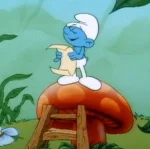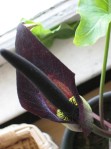Oh ye zombie fans, it’s not just those rotting-limbed creatures of movies and comics and voodoo lore that posses the ability to return from beyond the grave. There are coursing, pulsing, wild things at rest just beneath the soil, calling out not the mournful desire for “Brrrainnns!” but rather the haunting cry for “Raaainnns!!” The near-dead, seemingly-dead, not-really-dead zombie plants of rotany, longing for but a drop of moisture, or perhaps a good defrost, to come back to their former glory.
Meet the Resurrection Fern, sometimes known as Miracle Fern. (I like to call it Zombie Fern)
Pleopeltis polypodioides also Polypodium incanum (Florida)
You may already be familiar with the Resurrection Fern for its place in the old-school houseplant’s hall of fame. Named for its uncanny ability to recover from a dried up, dead-husk type state, to a semi-lush version of its former green self, upon being soaked overnight in water. In my personal experience the brown still remains on the edges if it’s gone completely dry for too long, but no amount of neglect can actually kill this rotanical.
It’s a real fern, too, not just an imposter. A creeping little epiphyte of a fern, with varietals native to both the Americas—including areas of the southeastern United States—and Africa. Being an air plant means it takes its nutrients from the air, rather than through the soil, which contributes to its success in reviving after long periods of near-death-experiences. They are fairly small in size, many of those available in retail nurseries or places like Paxton Gate fit in the palm of your hand. You just take the dry, curled up little thing and place it in a dish of water and watch the magic. It takes about a day to see the full glory, but improvements occur within the hour.
There is evidence that the native Floridian variety, Polypodium incanum, was used in combination with Shoestring fern (Vittaria lineate) by the Seminole and Mikasuki tribes as a treatment for chronic health conditions including ill babies. Many of the ferns were traditionally used in a bath as a treatment for insanity.
Creek Indians called this plant Ihosi:Cokhissi—derived from Ehose, a mystical being that causes people to get lost, and kokhesse, meaning whiskers. (This last definition came from Daniel F. Austin’s insanely amazing book Florida Ethnobotany. Out of print, but you can read parts of it on googlebooks.)
Zombie Moss
Very recently a type of ancient arctic moss was discovered by University of Alberta Professor Catherine La Farge. She discovered the plant material at the toe of the Teardrop glacier in Northern Canada. La Farge noticed that some of the moss at the edge of the ice seemed to have a tinge of green to it, so she harvested it and brought it back to her lab.
The moss is actually 400 years old—having been buried during what is known as the Little Ice Age (1550-1850). It went down, and it got up again. Big time.
La Farge took the moss, ground it up, and planted in petri dishes full of potting soil. Four weeks later, life emerged. She said, “Now we have to think there may be populations of land plants that survived that freezing. It makes you wonder what’s under the big ice caps in the Arctic and Antarctic and alpine glaciers. And we have a 400-year-old lineage of genetic material.”
The implications are not just botanical either. There could be something life-saving, or life-preserving, in the cells of such resilient plants. Read the full article about La Farge’s groundbreaking discovery here:
Edmonton Journal Article on Zombie Moss
Photo one taken from Wikimedia commons
Photo two taken from Edmonton Journal’s article on the arctic moss, Shaughn Butts


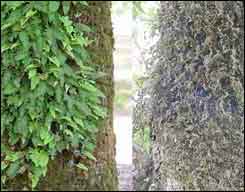



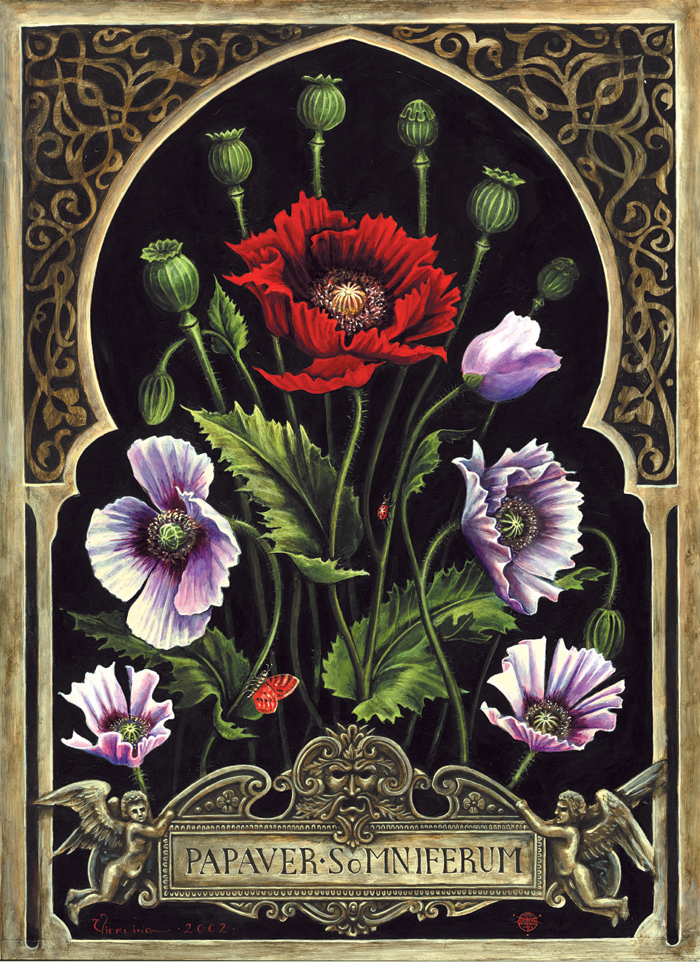
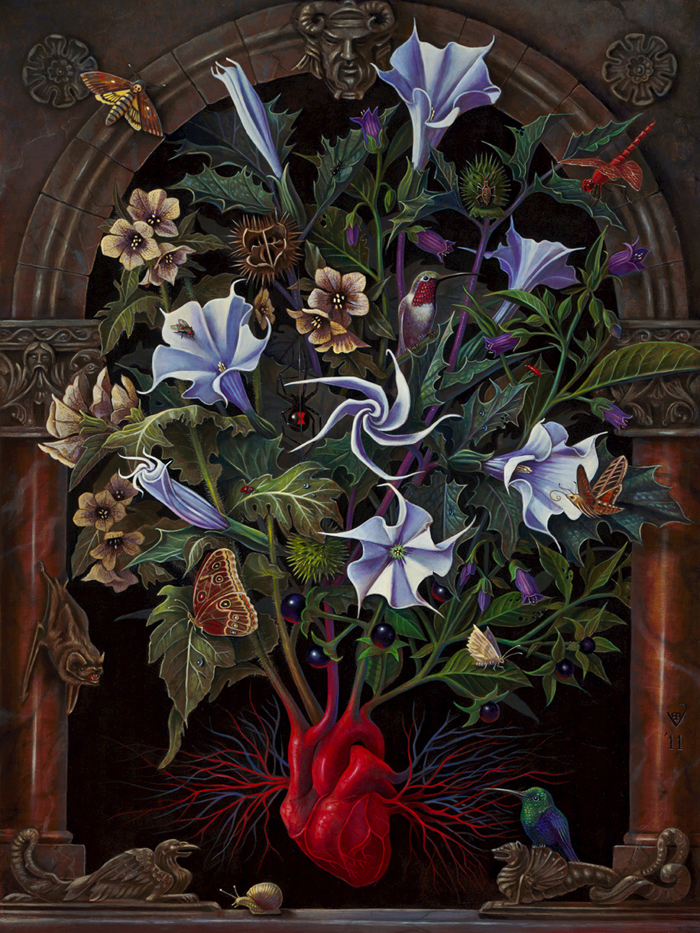
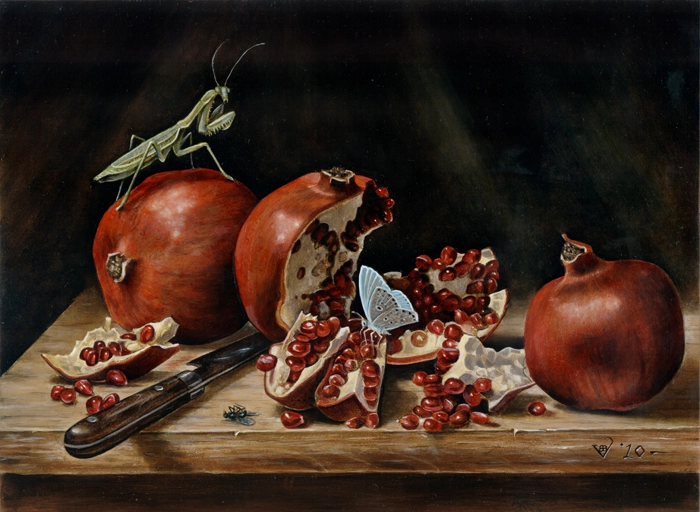

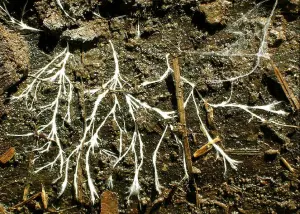 If you are a plant-brained type, or more accurately a fungaholic, you’ve no doubt heard of Paul Stamets’ book,
If you are a plant-brained type, or more accurately a fungaholic, you’ve no doubt heard of Paul Stamets’ book,